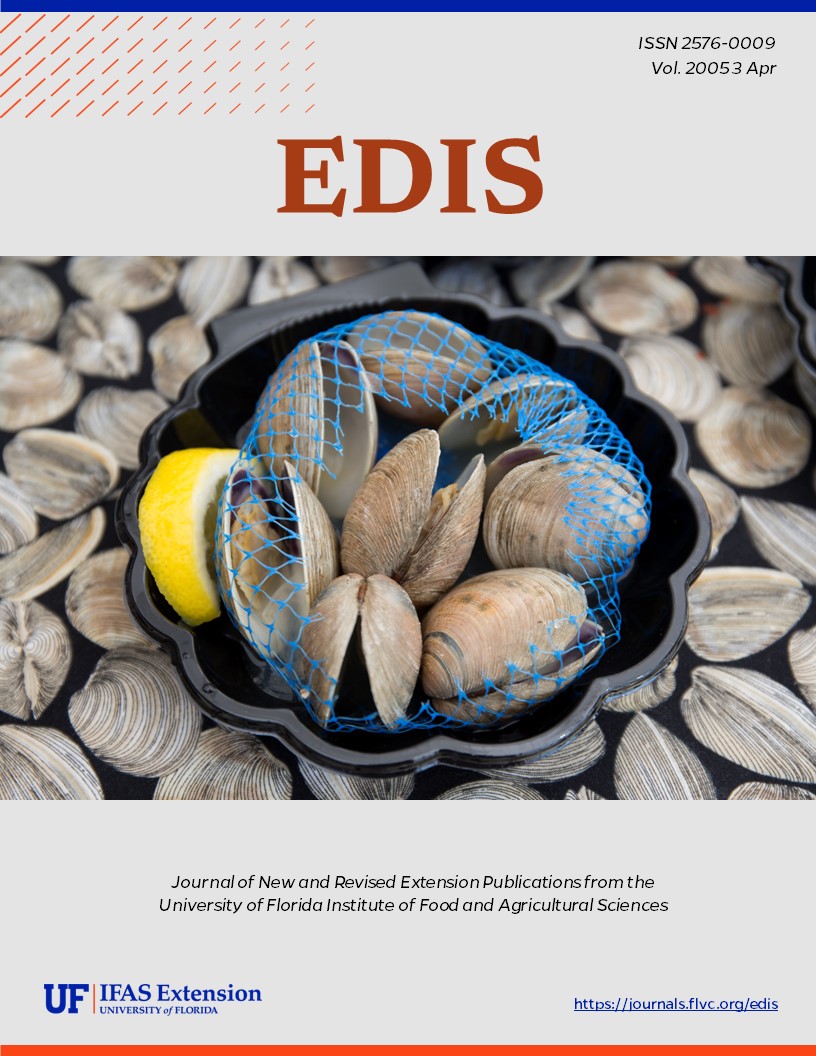Abstract
Caladiums (Caladium xhortulanum) are popular ornamental plants widely grown for their bright colorful leaves. Pythium root rot, caused by P. myriotylum, is one of the few soil-borne diseases in caladium that can dramatically reduce plant growth, aesthetic value, and tuber yield. Identification and use of disease-resistant cultivars has proven to be an important and economically viable strategy for integrated management of major diseases in crops and for reducing the use of pesticides. This strategy will be particularly useful for caladiums in the landscape and home gardens, because in such cases choices of root rot control measures are limited. However, information on the resistance level of commercial caladium cultivars has been lacking. This document is ENH996, one of a series of the Environmental Horticulture Department, Florida Cooperative Extension Service, Institute of Food and Agricultural Sciences, University of Florida. Original publication date December 2, 2004.
References
Hartman, R.D. 1974. Dasheen mosaic virus and other phytopathogens eliminated from caladium, taro, and cocoyam by culture of shoot tips. Phytopathology 64:237-240. https://doi.org/10.1094/Phyto-64-237
Ridings, W.H. and R.D. Hartman. 1976. Pathogenicity of Pythium myriotylum and other species of Pythium to caladium derived from shoot-tip culture. Phytopathology 66:704-709. https://doi.org/10.1094/Phyto-66-704
Unless otherwise specified, articles published in the EDIS journal after January 1, 2024 are licensed under a Creative Commons Attribution-NonCommercial-NoDerivs 4.0 International (CC BY-NC-ND 4.0) license.

